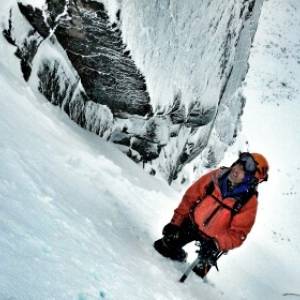Lichen Hunting
I'd love to tell you I'm putting on another Loving Lichens workshop as they're over subscribed, but truth is that though there's been a huge amount of interest the first date didn't suit everyone, so now there's two small sessions. Double the geekiness for me :-)
So à rare occurrence today, out with an aim to find specific lichens - despite spending a lot of time telling folks just how hard it is to get an absolute identification in the field.
First up I found Peltigera membranacea. One of the largest and fastest growing lichens we have in the UK. Its also great as it sits in the 8% of lichens that use a cynobacteria as a photobiont. The cynobacteria component also makes it poisonous, so animals avoid it.
Next came a script lichen, this one on a young elm, the black fruit bodies that later will contort now mostly stretched horizontal by the saplings faster growth. Their identification usually needs a microscope, but this is Graphis scripta.
There's a trick to identifying it.
Last; I couldn't resist this complex little Cladonia growing in our own garden. The tiny brown spots are the pyncidia (fruits) and it has covered an area about 4ft square. Even though these are my favourites I'm always amazed at the variety. Then this week I read an article that suggested some lichens, especially Cladonia may well go through evolutionary stages and change type. For now these are C.pocillum

Comments
Sign in or get an account to comment.


